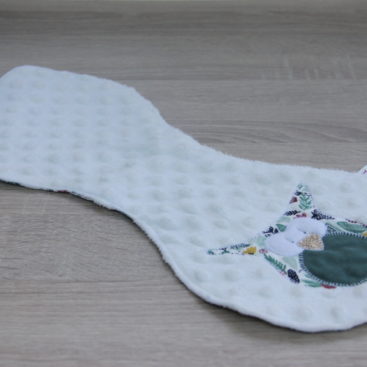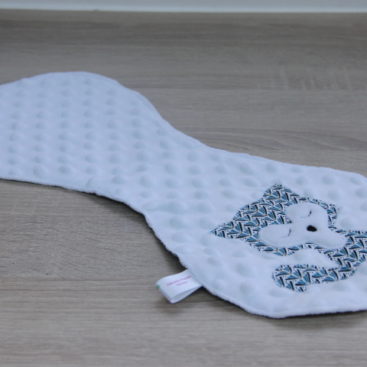Technologies are becoming increasingly central to reimagining the way global asylum systems function. Via iris encoding software that matches eye tests and finger prints with sources for political refugees to chatbots that support asylum seekers signup protection provides, these tools are steadily turning into area of the gadgets used to process applications and manage boundaries. They can hasten decision-making strategies and benefit government authorities and migrants alike, but they also raise numerous concerns regarding privacy, visibility and the possibility of biased or inaccurate outcomes. As such, they require fresh governance frameworks to ensure fairness.
The use of this kind of technologies in refugee processes also shows how digital innovative developments often run as a form of carcerality that restricts the rights of forcibly out of place people. This kind of is particularly evident in the consumption of technology to monitor and control renardière movement and access to products, and to help in surveillance of their social and physical site – a practice that can be especially bad for migrants who’ve been subject to shock and physical violence.
In addition , the digitization of asylum steps can pose significant challenges to get refugees’ ability to navigate them, including by simply increasing the reliance in technology and making it difficult to get or figure out facts in their different languages and nationalities. This, subsequently, can limit their in order to pursue proper protection and contribute to the formation of ill-informed narratives about their circumstances. Furthermore, this www.ascella-llc.com/the-counseling-services-offers-free-confidential-counseling-services-to-enrolled-students can cause a expansion of ‘digital litter’ such as broken backlinks to your site and websites that not exist, and would confuse or perhaps mislead refugees.












